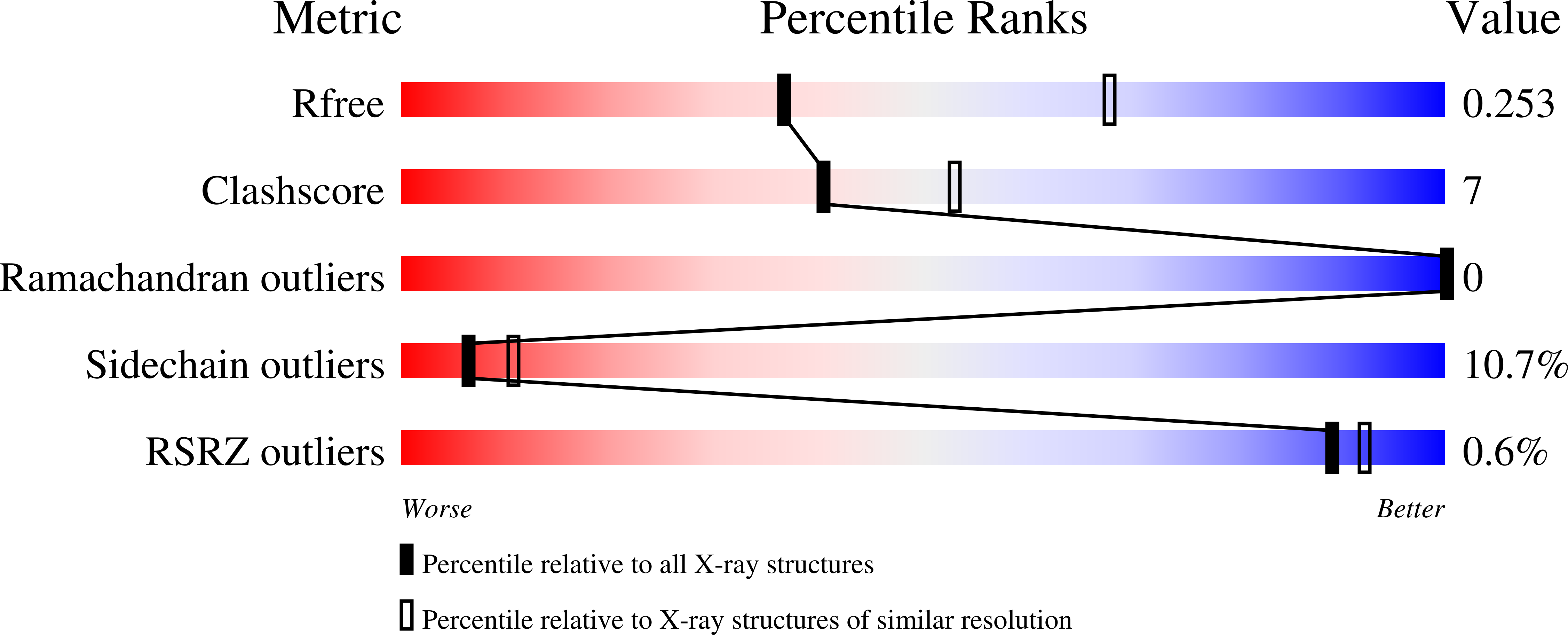
Deposition Date
2022-06-11
Release Date
2023-01-11
Last Version Date
2024-05-01
Entry Detail
PDB ID:
8A4I
Keywords:
Title:
Crystal structure of SALL4 zinc finger cluster 4 with AT-rich DNA
Biological Source:
Source Organism:
Mus musculus (Taxon ID: 10090)
synthetic construct (Taxon ID: 32630)
synthetic construct (Taxon ID: 32630)
Host Organism:
Method Details:
Experimental Method:
Resolution:
2.76 Å
R-Value Free:
0.25
R-Value Work:
0.24
R-Value Observed:
0.24
Space Group:
P 1


